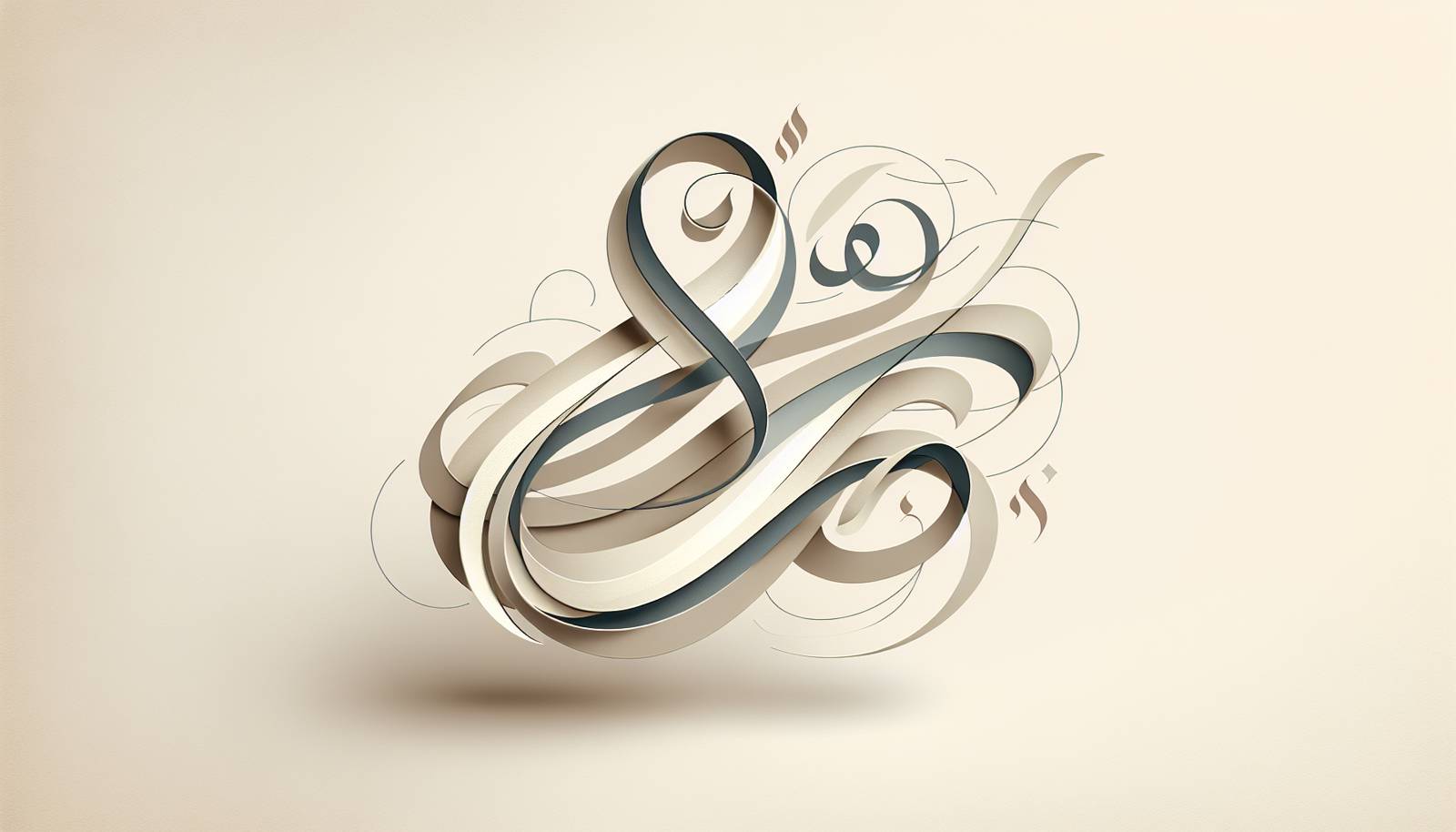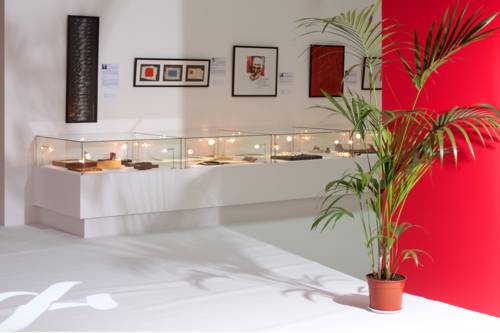
FAQ About The Impact of Contemporary Calligraphy on Identity

What is contemporary calligraphy?
Contemporary calligraphy is an art form that blends traditional calligraphy techniques with modern styles and mediums. It often includes diverse scripts and aesthetics, drawing inspiration from cultural influences and personal artistic developments. This form of calligraphy is not just about writing but also about art and design.

How does contemporary calligraphy help maintain cultural identity?
Contemporary calligraphy plays a vital role in maintaining cultural identity by preserving traditional scripts and integrating them into modern art forms. It allows artists to express their heritage and convey cultural narratives, helping keep these traditions alive in a rapidly globalizing world.

In what ways has contemporary calligraphy contributed to global art movements?
Contemporary calligraphy has enriched global art movements by introducing new aesthetics and techniques that influence modern design, typography, and mixed media art. Artists worldwide incorporate calligraphic elements into various art forms, thus fostering cross-cultural exchange and innovation in the art world.

Can contemporary calligraphy be a personal form of expression?
Yes, contemporary calligraphy serves as a personal form of expression for many artists. It allows individuals to blend personal style, emotions, and thoughts into their work, creating unique pieces that reflect their identity and experiences.

What are some common materials used in contemporary calligraphy?
Common materials used in contemporary calligraphy include fountain pens, brushes, specialized inks, papers, and digital tools such as tablets and styluses. The choice of materials often depends on the artist's preferred style and medium.

How has technology impacted contemporary calligraphy?
Technology has profoundly impacted contemporary calligraphy by introducing digital tools and platforms that allow for innovative design and distribution. Artists can use tablets and design software to create digital calligraphy, sharing their work with a global audience instantly.

What are the differences between traditional and contemporary calligraphy?
Traditional calligraphy focuses on historical scripts and techniques, often adhering to strict rules and styles from specific time periods. In contrast, contemporary calligraphy is more experimental, blending various styles and modern aesthetics, and can be both a traditional pen-and-paper art form and a digital creation.

Who are some notable contemporary calligraphers?
Notable contemporary calligraphers include artists like Seb Lester, who is known for his intricate designs and for utilizing both traditional and digital methods. Another prominent figure is Akira Kobayashi, renowned for modernizing type design with a calligraphic influence.

What is the role of calligraphy in personal branding?
Calligraphy can play a significant role in personal branding by providing a unique and visually appealing approach to logos, signatures, and various marketing materials. Personalized calligraphy can convey a brand’s identity, values, and aesthetics effectively.

How is calligraphy incorporated into contemporary design?
Calligraphy is incorporated into contemporary design in various ways, such as typographic works, logo design, and even fashion elements. Its fluid and dynamic nature allows designers to use calligraphy to create elegant and expressive designs.

How can someone learn contemporary calligraphy?
Learning contemporary calligraphy can be pursued through online courses, workshops, and tutorials. There are numerous resources available, including books, videos, and classes that cover both basic and advanced calligraphic techniques.

What cultural influences are seen in contemporary calligraphy?
Contemporary calligraphy reflects a plethora of cultural influences, ranging from Asian scripts like Chinese and Japanese to Arabic and Western styles. These influences are often merged to create new styles that resonate with a global audience.

Is contemporary calligraphy recognized as a form of modern art?
Yes, contemporary calligraphy is recognized as a form of modern art. It is exhibited in galleries worldwide and is appreciated for its aesthetic value as well as conceptual ideas that interconnect with identity, culture, and expression.

What challenges do contemporary calligraphers face today?
Contemporary calligraphers face challenges such as maintaining the balance between tradition and innovation, the competition with digital fonts, and the pressure to create unique works in a saturated market. They also strive to gain recognition in a broader art community that may not always value manual artistic skills.

How does contemporary calligraphy influence typography?
Contemporary calligraphy influences typography by providing inspiration for new typefaces that incorporate calligraphic features such as fluid lines, dynamic forms, and an emphasis on ornamentation. These elements help create fresh, expressive, and engaging fonts.

What is the importance of brush techniques in contemporary calligraphy?
Brush techniques are crucial in contemporary calligraphy as they determine the flow, pressure, and style of the script. Mastery of brush techniques allows artists to create varied strokes and textures, contributing to the uniqueness of their work.

How is contemporary calligraphy used in digital media?
Contemporary calligraphy is used in digital media through digital signage, branding, animations, and web design. It offers a unique, handcrafted feel to digital content, making it more appealing and personal to audiences.

Can contemporary calligraphy be considered a meditative practice?
Yes, contemporary calligraphy can be considered a meditative practice. The repetitive nature of the craft, combined with the focus on precision and flow, can help artists enter a state of mindfulness, reducing stress and promoting relaxation.

How does contemporary calligraphy appeal to younger generations?
Contemporary calligraphy appeals to younger generations by combining traditional skills with modern aesthetics and digital tools. This fusion of old and new attracts young artists who are interested in both preserving cultural heritage and exploring new artistic expressions.

What are some popular styles in contemporary calligraphy today?
Some popular styles in contemporary calligraphy today include brush lettering, faux calligraphy, pointed pen calligraphy, and modern scripts that blend various cultural influences. Each style offers unique aesthetic qualities that cater to different artistic tastes and purposes.
